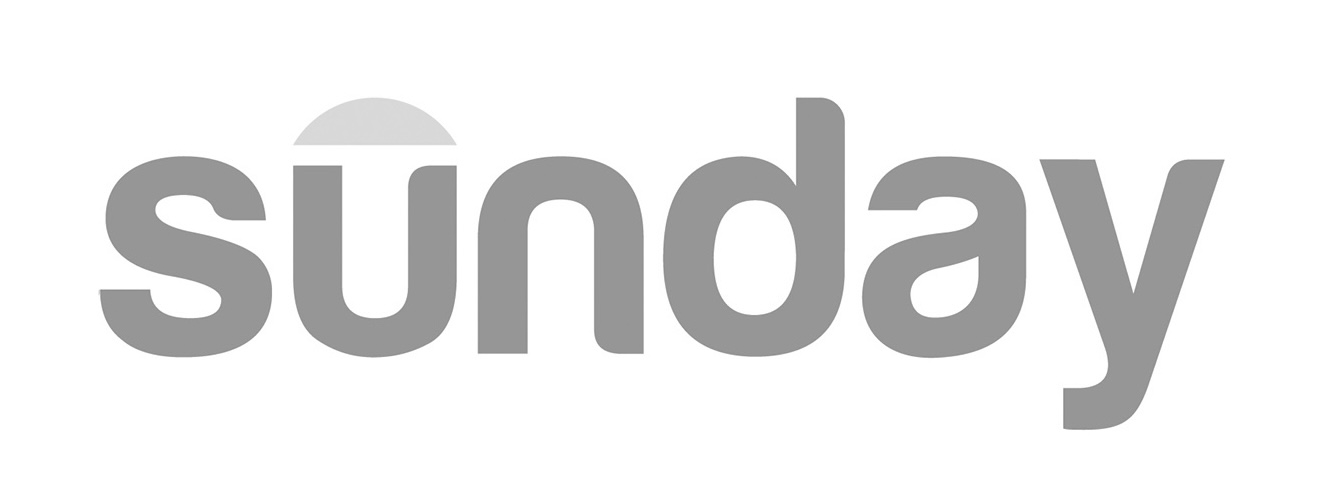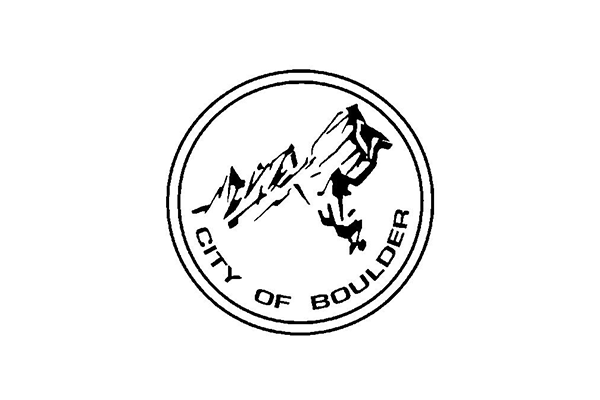
About the Transformative Landscape Change Challenge
Are you ready to make a significant impact on your community’s environment and support water conservation and sustainability? The Colorado Water Conservation Board (CWCB) and Resource Central are teaming up for the Transformative Landscape Change (TLC) Challenge. This grant program is designed to inspire communities to embrace waterwise landscapes and reimagine a publicly owned and highly visible space to showcase what life after turf can look like by replacing up to 2,500 square feet of turf with low-maintenance perennial plants.
How the TLC Challenge Works
- Select a highly-visible, publicly owned property in your community of 1,500-2,500 square feet of well-maintained turf
- Provide matching funds (in-kind, like volunteers) or funds for materials like mulch or irrigation retrofits
- Submit your application via the form below
- If selected, Resource Central removes, hauls away, and composts the turf
- Gather your community to plant the complimentary customized Garden In A Box kits from Resource Central
- Showcase the new waterwise landscape to your community
Timeline

Services Include
Turf Removal
We will handle removal using sod cutters to remove 2.5 inches of turf and take care of hauling and disposal.
Garden In A Box Kits
Professionally designed waterwise garden kits to replace water-hungry turf with planting maps specific to your project
Learn More
Eligible Entities are publicly owned such as:
- Local Government: Including municipalities, counties, cities, public agencies, and municipally owned water providers.
- Districts: Encompassing metropolitan districts, special districts, water or water and sanitation districts, and conservancy districts.
- 501(c)(3) Nonprofits: Referring to organizations with 501(c)(3) status, specifically those with programs supporting turf removal.
- Colorado’s Federally Recognized Tribes: Consisting of the Ute Mountain Ute and Southern Ute Indian Tribes.
Excluded Entities include privately owned properties such as:
- Residential properties: Owned by individuals or families as well as rental properties owned by landlords.
- Commercial properties: Owned by private businesses, religious institutions or private schools.
- Homeowners Associations (HOAs): Properties managed by HOAs are ineligible even if applying for parks or public spaces within the association.
How to Apply
- Identify Your Space:
- Locate a 1,500-2,500 sq ft area of well-maintained turf that you wish to replace with waterwise plants.
- Document Your Space:
- Take clear photos of the designated area, showcasing its current state.
- Include an aerial view of the removal area using GIS or Google Maps.
- Create a Management Plan:
- Develop a plan for the ongoing management of the space, including updates to irrigation systems.
- Specify who will be responsible for the maintenance and care of the transformed area.
- Demonstrate Community Benefits:
- Explain how this project would benefit your community.
- Submit Your Application:
- Provide all necessary information, including photos, aerial views, and community benefits response, through our online application below.
Which round should we apply for?
If you’ve already pinpointed your project area, have a plan for in-kind contributions, and are prepared for removal in 2024, you’re an excellent candidate for Round 1.
However, if you require additional time to solidify your project space, organize irrigation retrofits, or secure in-kind contributions, Round 2 would be the ideal timeframe for your project.
All applicants will hear back by June 18, 2024 with removal scheduled in August/September 2024. Round 2 applicants will be scheduled for removal in Spring 2025 with a project completion deadline of June 30, 2025.
Application Questions
Organization information
- Organization Name
- Organization Address
- What type of entity are you submitting an application on behalf of?
Project Manager Contact
- Project Manager – Name
- Phone & Email
Project Information
- Project Address
- Written Response: Tell us about your project
- Please provide a detailed explanation of why your project is essential for the community, focusing on its significance, water-saving potential, and ability to inspire future turf replacement initiatives.
- Beyond core requirements, eligible entities who replace turf with low-water vegetation (e.g. xeriscape, native plants), consider irrigation efficiency (e.g. drip irrigation), provide other community benefits (e.g. support tree health; create defensible space), and consider other support tools for long-term success (e.g. landscape ordinances; maintenance; rates) will be more competitive.
- Consider the following aspects:
– Community benefits: Describe why this project is vital for your community. Highlight any specific needs, challenges, or opportunities it addresses and how it aligns with community goals or priorities.
– Environmental benefits: Explain how your project will contribute to water savings, pollinators, soil health, etc.
– Inspiration for Future Efforts: Share how your project can serve as a model for future turf replacement endeavors and provide education around waterwise landscapes.
- 4 photos of the project area including 1 aerial photo (usin oole maps or GIS) with project area marked
- Which round would you like to apply for?
- If you’ve already pinpointed your project area, have a plan for in-kind contributions, and are prepared for removal in August/September 2024, you’re an excellent candidate for Round 1.
- However, if you require additional time to solidify your project space, organize irrigation retrofits, or secure in-kind contributions, Round 2 would be the ideal timeframe for your project.
- All applicants will hear back by June 18, 2024 with removal scheduled in August/September 2024. Round 2 applicants will be scheduled for removal in Spring 2025 with a project completion deadline of June 15, 2025.
Next Steps
- Review Process:
- Our team will review your application and notify applicants by June 18, 2024.
- We are assessing your project for its feasibility, community impact, and alignment with our project goals, be sure to outline your project vision diligently.
- Approval and Consultation:
- Upon approval, we will conduct a consultation and site visit to finalize project details and answer any questions you have.
- Schedule Removal and Plant Drop-Off:
- Following the consultation, we will collaborate to schedule a removal and plant drop-off date:
- Round 1: Removal between August 15 and September 30, 2024.
- Round 2: Removal in Spring 2025 with a deadline of June 30, 2025.
- Following the consultation, we will collaborate to schedule a removal and plant drop-off date:
- Project Implementation:
- We will coordinate a convenient removal and plant drop-off date. Our team will manage the removal and disposal process, while you will be responsible for planting, ground cover installation, and any required irrigation updates or adjustments.
- Celebrate and Share Your Story:
- Upon completion of the project, we invite you to celebrate your invaluable contribution to our community and the environment. Share your story of transformation and environmental stewardship to inspire others to join in our collective efforts towards sustainability.
Maintenance is vital for the success of your waterwise landscape project. It guarantees the health and vitality of your plants and transforms your space into a vibrant hub for life after turf removal. Here’s what you can expect and start planning for in your community space.
Adjusting Irrigation
- Water Savings: Implementing irrigation changes is crucial for conserving water, a fundamental aspect of the Transformative Landscape Change Challenge. By optimizing irrigation systems, you can significantly reduce water usage, contributing to sustainable water management practices and environmental conservation efforts.
- Plant Health and Thriving Environment: Adjusting irrigation systems ensures that your newly planted waterwise plants receive the appropriate amount of water for healthy growth and development. Proper irrigation is essential for nurturing the plants in their new environment, helping them thrive and establish themselves effectively.
- Collaboration with Irrigation Team: It’s essential to collaborate closely with your project area’s irrigation team to facilitate successful changes. Work together to evaluate and adjust the irrigation system from planting through plant maturation, ensuring that it meets the specific needs of the waterwise landscape and promotes optimal plant health.
By prioritizing irrigation changes, you not only conserve water but also create a supportive environment for your new waterwise plants, setting the stage for a thriving and sustainable landscape.
Plant Maintenance Requirements
- Spring (after first growing season)
- Cut back old growth or winter damage before new growth
begins to show. - Divide mature plants in early spring every 3 years, as needed.
- Cut back old growth or winter damage before new growth
- Summer
- Deadhead spent flowers to encourage new blooms and/or minimize self-seeding.
- Water sparingly once established.
- Fall
- Leave last round of blooms to self-seed and/or to provide food for birds.
- Do not prune or cut back! Wait until spring to cut back to avoid crown rot.
More information about our plants
All of our perennials come in 4″ pots at pickup and veggie starters come in 2″ pots. The mature spread of each plant will vary and is listed both in the plant list on the individual gardens’ webpage and in your garden’s printed Info Sheet which you’ll receive after your consultation.
At planting and into their second year the plants are focused on growing their roots down for establishment and may not grow to their mature size but at the third year and beyond they’ll leap into a display of blooms.
Additional TLC Change Details
- Funding Requirement: Matching dollars and in-kind contributions must cover 50% of project costs, including support staff or volunteers assisting with planting.
- Project Justification: Competitive submissions should articulate the project’s significance for the community, its water-saving potential, and its capacity to inspire future turf replacement efforts.
- Project Deadline:
- Round 1: October 30, 2024
- Round 2: June 30, 2025
Eligibility Criteria:
- Irrigated non-functional turf removal is mandatory for project eligibility.
- The challenge is open to eligible entities without existing non-residential turf replacement programs, including local government, districts, 501(c)(3) nonprofits focusing on water, and Colorado’s federally recognized Tribes.
- Eligible entities can submit on behalf of another with consent and commitment to project completion if selected.
Project Specifications:
- Utilize Resource Central’s Lawn Removal Service and Garden In A Box kits, planting them immediately after turf removal.
- Other plant additions are allowed at the applicant’s cost, excluding impermeable concrete, artificial turf, invasive plant species, additional turf, or high-water use plant materials.
- Ongoing Maintenance: Selected entities must maintain installed gardens and report verified water savings to the CWCB using pre- and post-installation analysis or metering data.
Community Benefits:
- Competitive submissions should emphasize community benefits, such as serving as visible educational tools for water conservation and transformative landscape change.
Selection Criteria:
- CWCB staff will evaluate submissions based on eligibility, core requirements, project merits, community benefits, and related criteria like soil improvement and irrigation efficiency.
- Applications prioritizing soil improvement, efficient irrigation, limited turf usage, low-water demand plants, mulching, long-term maintenance plans, and educational benefits will be favored.
In summary, successful projects will not only contribute to water conservation but also serve as educational resources and demonstrate a commitment to sustainable landscaping practices.































